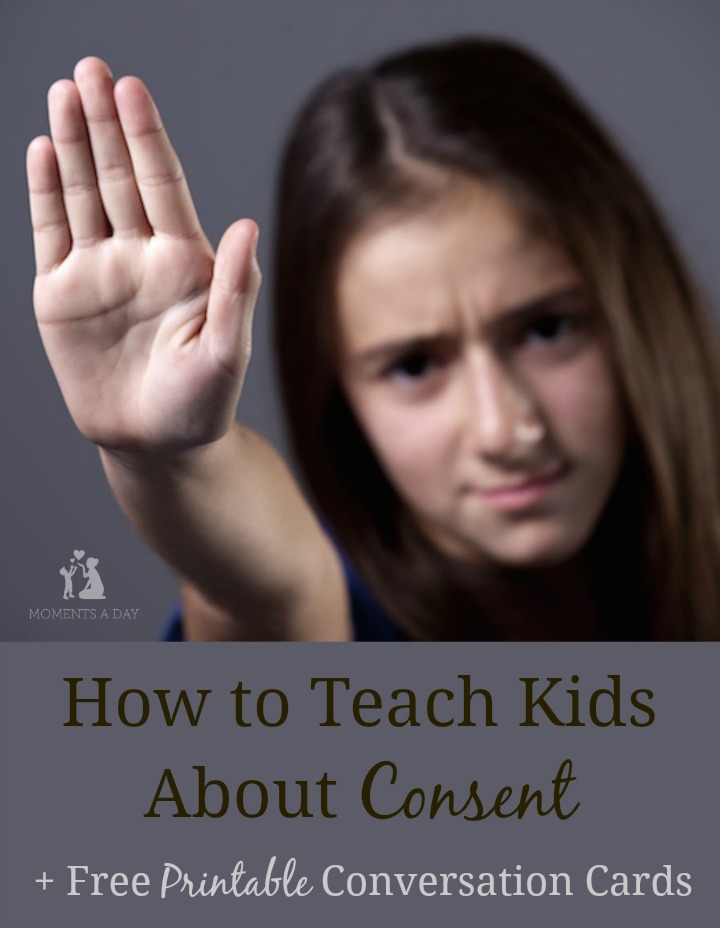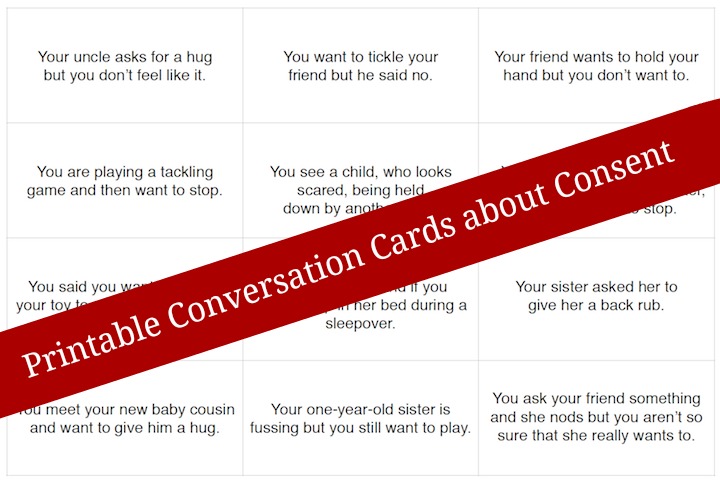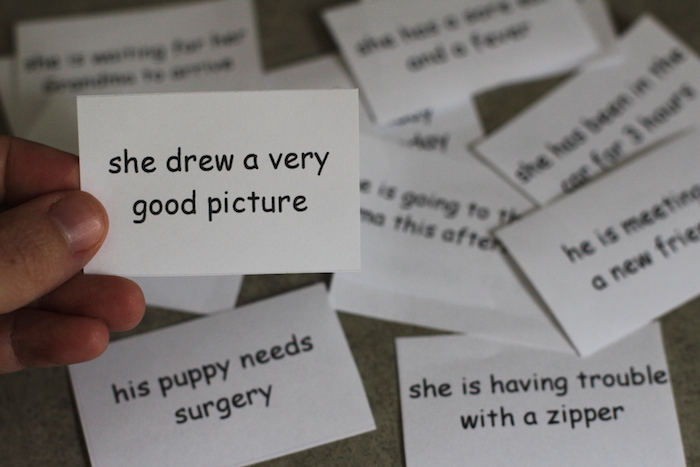

One of my children thought that it was okay to tease someone who could not talk back. Because she was “just a baby.” Because she couldn’t speak her mind.
My mind was racing with how to respond, without getting too emotional. I needed to protect my daughter and educate my son at the same time.
“That’s exactly why we have to be so careful to watch her. We need to look at her reactions and imagine what she’s feeling, and stop immediately if she doesn’t like it.”
It was about all I could muster. Deep down I was simmering, trying hard not to explode. How could this be coming out of my own child’s mouth?
I took some deep breaths and reminded myself that children do not grow up understanding the intricacies of human relationships. It is our job as parents to guide them, to offer advice, to show them how to respectfully interact with others.
If we don’t, who will? No interaction is too little. No situation is too small. Kids are learning each and every moment of the day.
It is our job as parents to teach our kids to respect others and respect their own selves. To feel free to say no, and to always respect no from someone else as well.
We obviously needed to talk more about this specific type of interaction… one in which a person is unable to express their own self and give an explicit opinion. But how in an effective way that would really make sense to a young child? And besides, hadn’t we discussed this before?
I had gone over empathy and respecting each other’s feelings many, many times. What were we missing? How could I raise the level of understanding here?
The recent Stanford case got to me in a very deep way. I couldn’t stop thinking about it. How? Why? I just couldn’t believe it.
And that is when it hit me.
I needed to explicitly talk to my kids about consent.
So I stayed up late one night creating these conversation cards to help further our discussions on the all-important topic of respectful relationships, specifically giving and receiving consent. Click the picture to download the cards to print yourself. Then cut them up, place in an envelope or empty tissue box, and get the conversation started.
Ask your child what they would do in the situation, and come up with a healthy response together. Ask them how they would feel, how the other person would feel, what they imagine someone else might do. Some more specific tips are below.

After using them, I plan to pull the cards out again in a few months. It will be interesting how my children’s responses change. I hope they begin to understand better and better! Until then, the cards have given us the spark and the language to keep discussing this topic on a regular basis.
There are many ways to use the conversation cards above. You can pull them out over dinner, during a family meeting, even in the classroom. With a larger group, have kids pair off to discuss their answers and then share with everyone else the solutions they came up with.
Role play the scenarios. Ask your child to see from all perspectives. Let them tell you about similar situations they were in.
Conversations about consent can and should keep going for many years; this is just one exercise to get the discussion started. By all means, I don’t plan to stop here and I know the issues will become deeper (and more complex) as my children get older.
During our discussions, I was sure to talk about:
Of course, it is most important that we – as parents – model these rules ourselves.
In the simplest of ways, this means not making our kids give hugs to other people when they don’t want to, and always asking their permission to hug them ourselves. And always, always respecting their wishes.
Here are some articles which explore the lessons we should be teaching our kids about consent, from babyhood up till the teen years, more in depth:
If you like using these cards to get the conversations going with your kids, you may also like to download my empathy game to talk about respecting each other’s feelings even more.

What other ways do you teach kids about consent?
You may also enjoy reading…